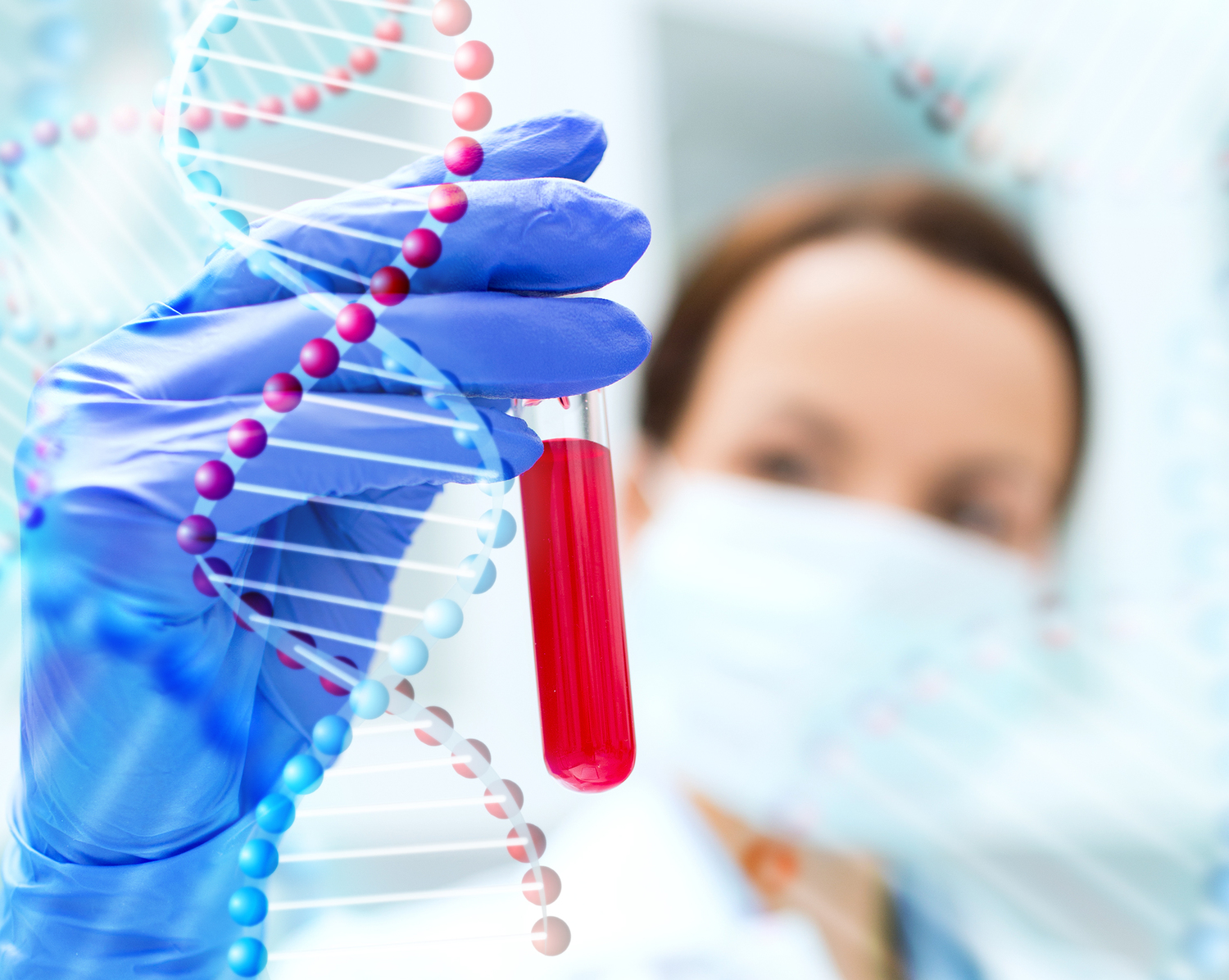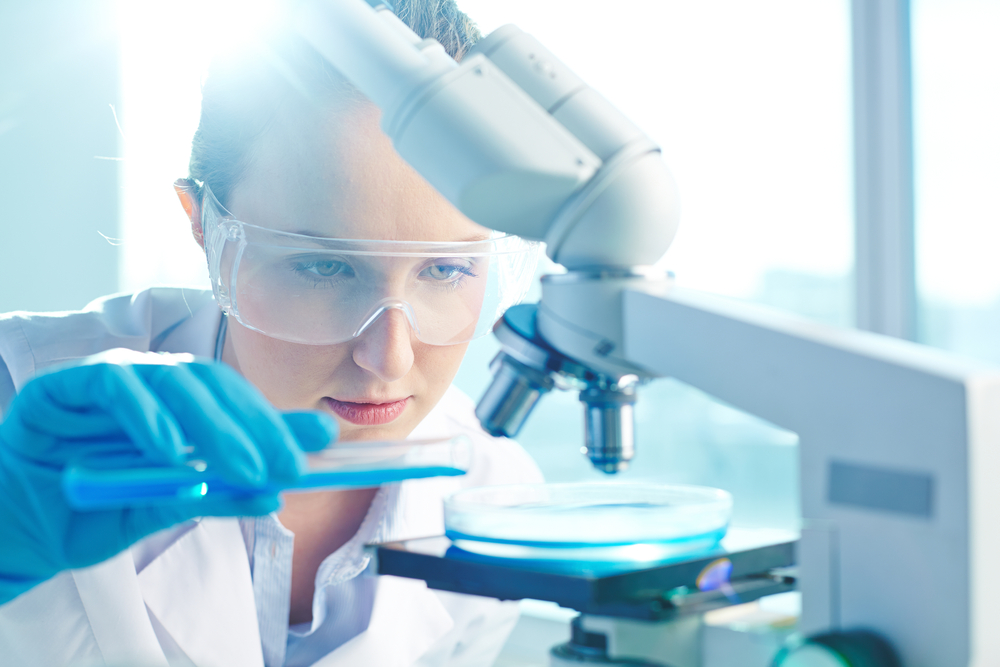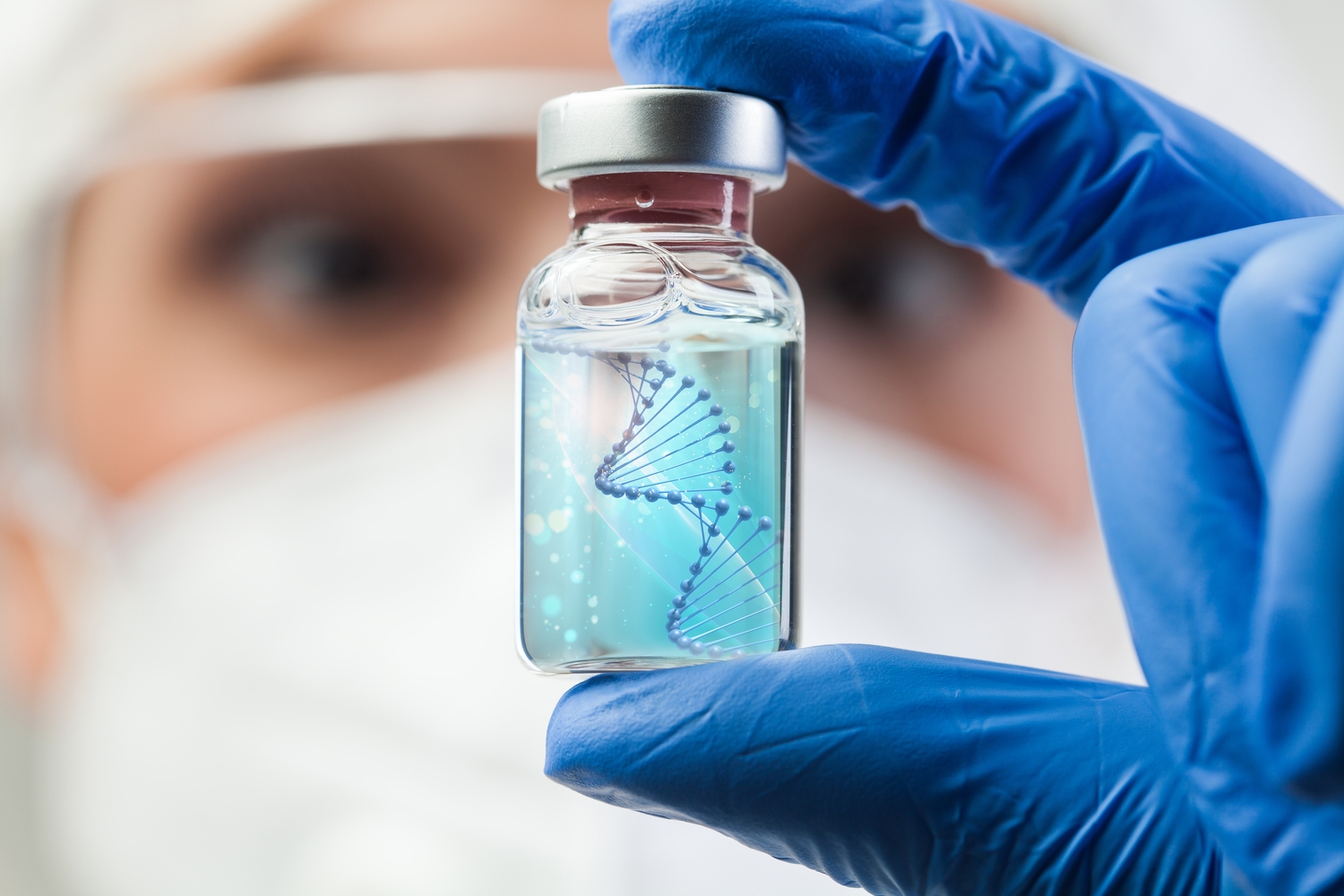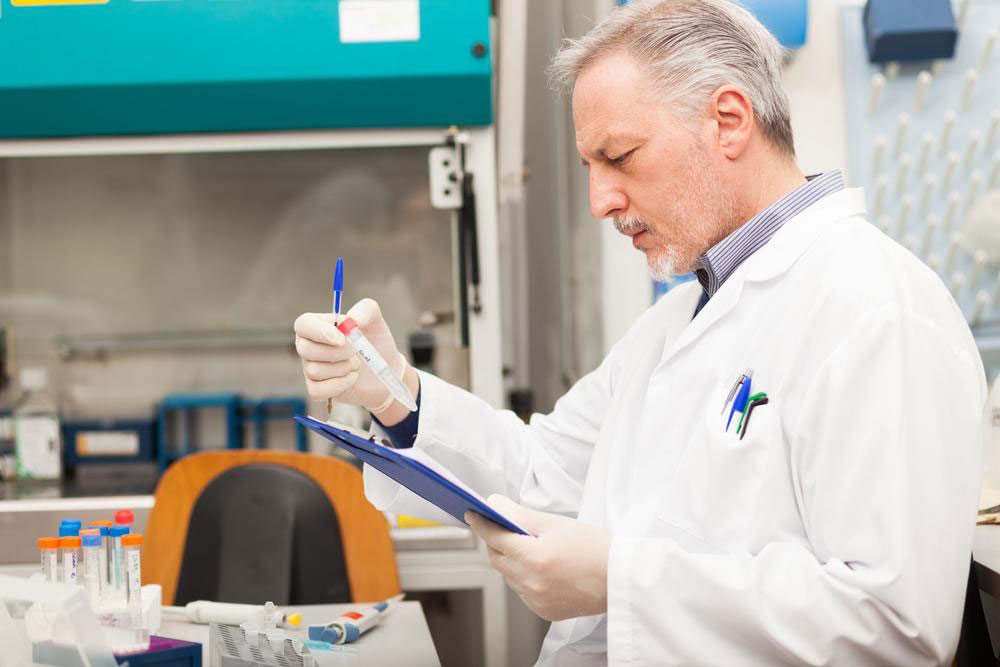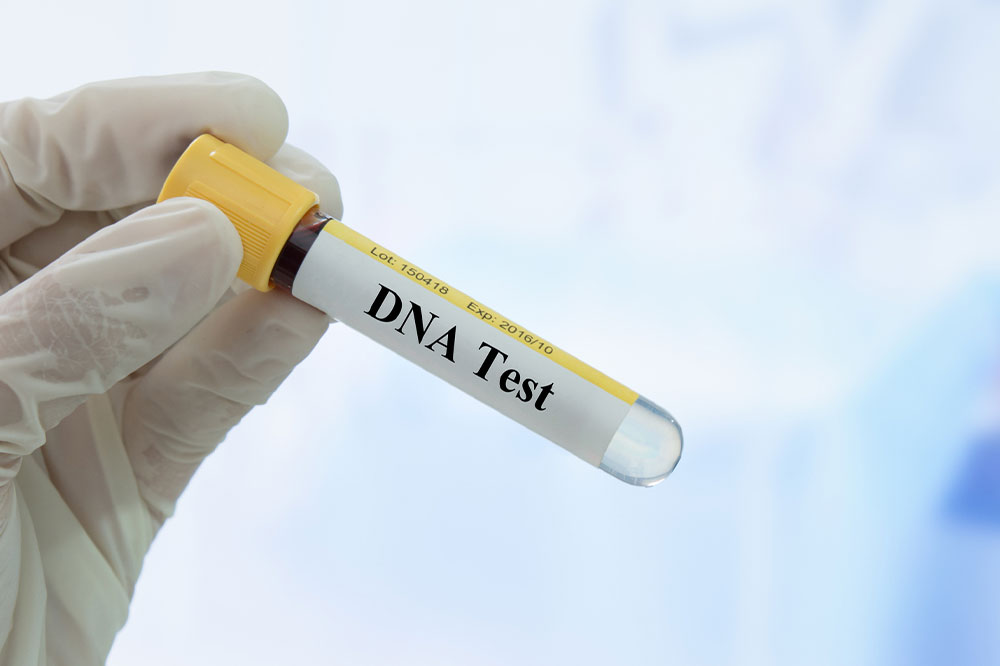Comprehensive Guide to DNA Testing: Types, Procedures, and Applications
This article offers an in-depth overview of DNA testing, including its types, procedures, and practical applications. It explains how genetic analysis is carried out, its benefits, and areas of use like disease diagnosis and paternity testing. Emphasizing the importance of informed consent, the guide helps readers understand the significance of genetic testing in healthcare and personal scenarios, providing comprehensive insights for informed decision-making.
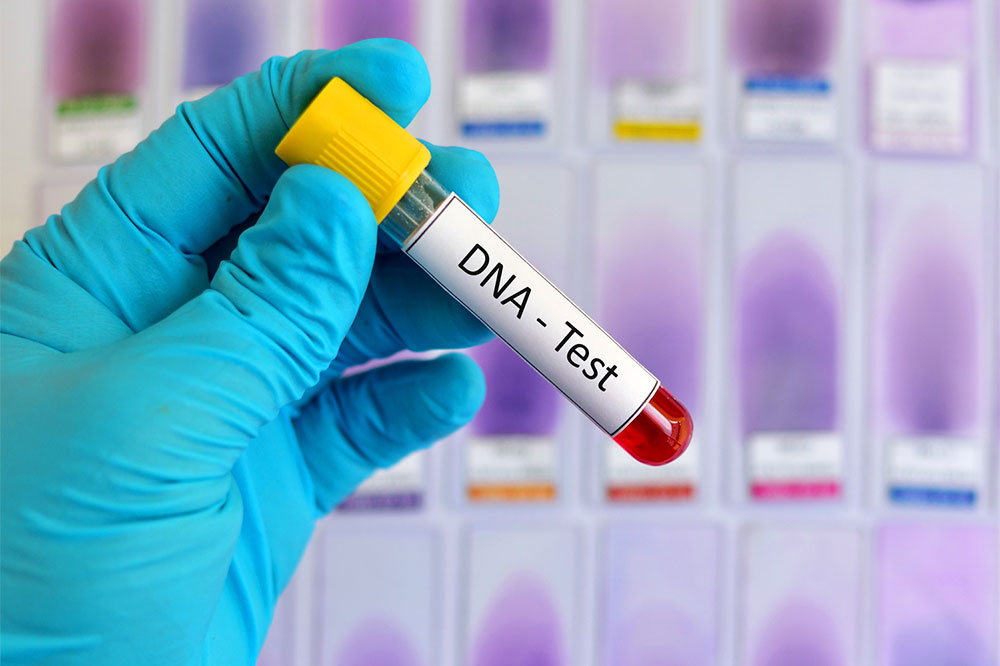
Comprehensive Guide to DNA Testing: Types, Procedures, and Applications
DNA, inherited from our parents, comprises genes, chromosomes, and proteins. Despite its tiny size, DNA contains vast amounts of information. One common reason for DNA testing is to confirm paternity, but its uses extend far beyond.
Genetic testing
Also known as DNA testing, it helps healthcare professionals detect changes in genes, chromosomes, or proteins. The results can reveal genetic conditions or risks for developing certain disorders.
Normal results can also rule out potential genetic issues. Several benefits, limitations, and risks are associated with DNA testing, making it a voluntary process with informed consent. Some mental health professionals and genetic counselors use it to assess emotional or psychological readiness for genetic information.
Different Types of DNA Tests
Depending on the suspected condition, healthcare providers select appropriate testing methods. When diagnosis is ambiguous, comprehensive tests analyzing multiple genes or chromosomes may be necessary.
Gene Expression Testing - Assesses which genes are active by analyzing mRNA, helping detect cancer or genetic abnormalities.
Chromosomal Analysis - Examines chromosome structure for missing, extra, or rearranged segments, identifying genetic syndromes.
Biochemical Testing - Measures protein or enzyme levels produced by genes, indicating potential genetic disorders.
Molecular Testing - Analyzes specific genes or DNA sequences using techniques like DNA sequencing. Subtypes include targeted variants, single gene tests, panels, and whole-genome sequencing.
How Is the Test Conducted?
Following genetic consultation, DNA samples are collected via blood draw, cheek swab, hair, or tissue. Usually, a cotton swab from inside the mouth is used. The sample is sent to a lab for analysis to detect chromosomal or genetic variations.
A comprehensive report is prepared for healthcare providers or genetic counselors to interpret, guiding diagnosis and treatment. Patients must be informed about potential risks and give informed consent. In some cases, individuals can directly access testing services without prior doctor approval.
Applications of DNA Testing
DNA testing serves various purposes: early detection of genetic conditions in newborns, diagnosing and managing diseases like cancer or inherited disorders, and establishing biological parentage in custody or divorce cases. As awareness of genetic diseases grows, DNA testing becomes increasingly vital. However, understanding the importance of consent and informed decision-making remains essential.


